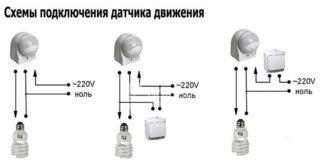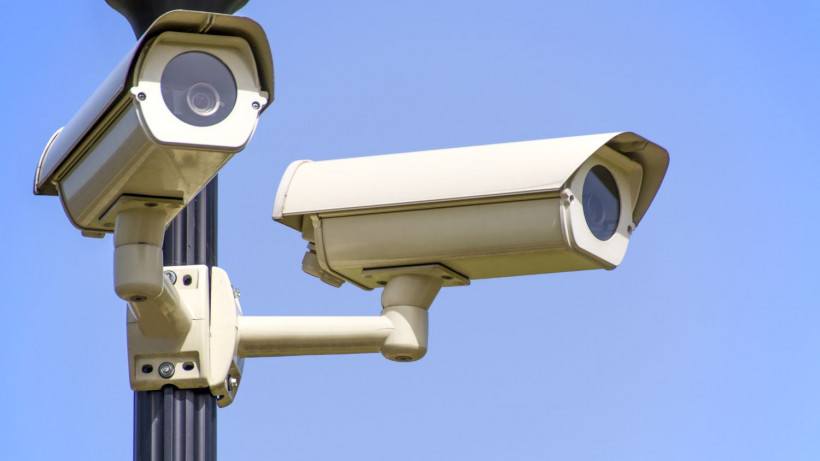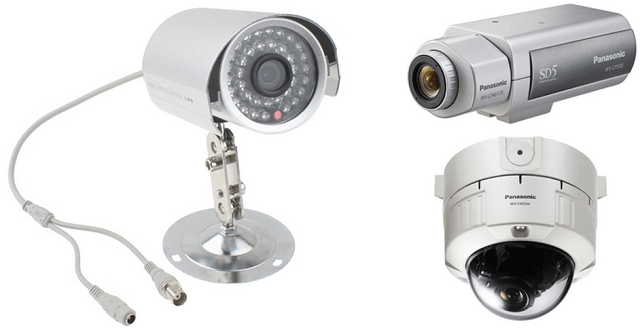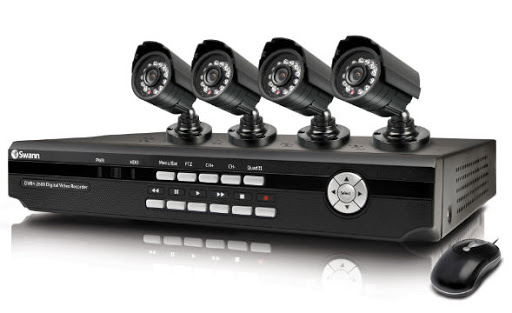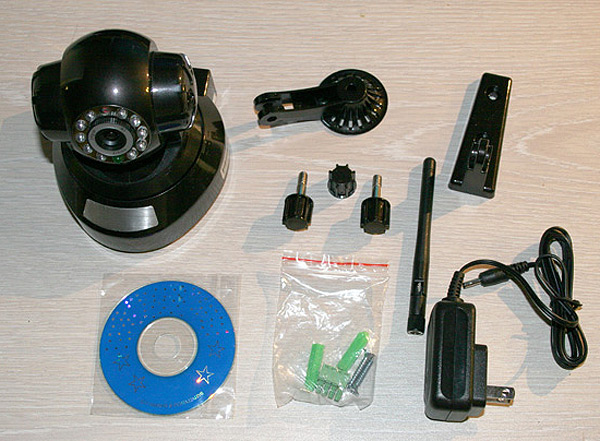The motion-sensing street light illuminates the surrounding area when the need arises. Such devices allow you to save on lighting of individual areas and work in automatic mode. Separate samples of luminaires are powered from built-in sources, that is, they are essentially autonomous.
Street lighting requirements
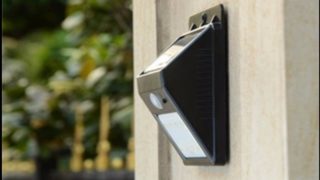
The basic requirements for street lamps are regulated by the provisions of SNiP SN 541-82:
- efficiency and safety of the lighting system;
- high reliability;
- ease of use.
After the appearance of LED lamps in 2011, the regulatory document was adjusted taking into account the characteristics of semiconductor devices. In the following, this particular type of lighting fixture is considered.
Types of street lamps with motion sensor
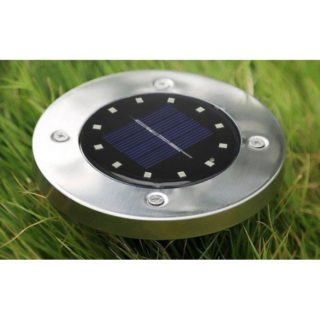
The known types of street lamps with motion sensors are subdivided by their design into wall, ground (ground) and mounted on a support. According to the principle of forming a light picture, they are divided into LED models and projectors.
Wall luminaires are recessed, as well as surface-mounted or suspended. In the first case, the product is mounted directly on the outer wall of the building or under the shelter of a hinged structure. Such protection is not provided in suspended and overhead models. Ground luminaires are installed directly on the ground in the form of low posts. Luminaires of the latter type are mounted on ordinary or openwork (decorative) racks.
Specifications and functionality
The motion sensor LED outdoor luminaire is characterized by the following technical parameters:
- radiation power;
- a kind of reflector;
- type of food;
- quality of electrical protection.
The amount of power is indicated in the passport of the street lamp and takes into account the consumption of all elements included in it. An 8-watt LED torch, for example, replaces a conventional 60-watt incandescent lamp. Reflectors for these devices are smooth and embossed. The former are used in floodlight models, while the latter create scattered radiation covering a significant area.
The characteristics of the illuminators include the type of their power supply (mains or rechargeable batteries), as well as the indicator of protection against moisture and dust.
Selection order

When choosing a lighting lamp, they are guided by the following indicators:
- reliability and strength of the structure;
- moisture resistance and dust resistance;
- illumination level;
- ease of installation;
- coverage radius.
Attention is drawn to the design of the product and the availability of options: shooting with a built-in camera, sound alarm. Also, the availability of a quality certificate is checked and the reputation of the company that produces the device is taken into account.
When choosing the type of lamp for street lighting, preference is given to LED models.
Connection diagrams for a street lamp with a motion sensor
- The illuminator sensors have three or four contact terminals.
- Together with a pair of supply wires, two of them are connected to a 12 volt source.
- The remaining ends are led to an actuator that turns the lighting lamp on and off.
Conductors are marked like this:
- plus power - veins in brown or red insulation;
- the common (neutral) conductor has a blue or blue protective sheath;
- the symbol "L" with an arrow means a contact bus that controls the commutation of light;
- "PE" - contact for grounding connection.
If the color of the insulation of the switched conductors differs from the standard marking, you will have to use a measuring device and "call" them according to the scheme given in the instructions.
Popular luminaire manufacturers
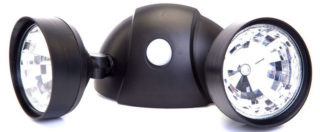
Among the popular models of street lamps, products of the Cosmos brand stand out. These are environmentally friendly devices of small dimensions, assembled on semiconductor LEDs. The products are distinguished by their original design and relatively low cost - from 500 rubles.
Armin luminaires are available on the market with floodlights in all sizes. They can be mounted on the walls of buildings and above the ground. The equipment from this manufacturer is distinguished by its intense luminescence and mobility. The cost of products does not exceed 2-3 thousand rubles.
Bradex models are small wireless LED illuminators. Electric power is obtained from built-in batteries or from semiconductor solar panels. They have an original design and cost from 400 to 2 thousand rubles.
Areas of use of luminaires
LED street lights with motion sensors are used in the following cases:
- for lighting driveways;
- in the improvement of adjoining territories;
- on sites in front of garage buildings;
- for highlighting park and garden pedestrian paths, as well as the porch of a country house;
- on objects whose facades do not need constant lighting (museums, theaters and libraries).
In the first case, installing a flashlight with a sensor allows you to save on electricity consumption. Since most of the time there are no people at the entrance, constant lighting is not required in it.
Good illumination of the adjacent areas is very important in terms of their improvement. However, light is needed only when there are people. It is necessary to turn on the lighting devices on the garage sites for a short time, when its owner opens / closes and enters the room. The rest of the time, when the lamp is on, electricity is wasted.
Illumination of pedestrian paths and the porch of the house is also needed only for a certain time, limited by the interval of their use.
Outdoor LED lights are installed in warehouses of industrial facilities. They are also in demand on the streets of small villages and other settlements.

